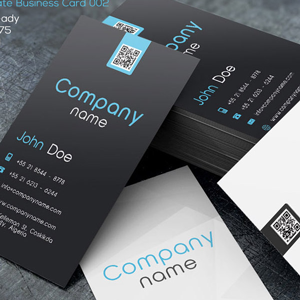Canvas
 A canvas, sometimes known as the format or delivery method for information distribution, is one thing that can determine how well a message is received. Text-heavy pages can be hard for readers to understand, but the effective use of a canvas can counteract that effect. Writers need to find a good balance of textual and graphic information to fill a canvas to give their readers the best experience.
A canvas, sometimes known as the format or delivery method for information distribution, is one thing that can determine how well a message is received. Text-heavy pages can be hard for readers to understand, but the effective use of a canvas can counteract that effect. Writers need to find a good balance of textual and graphic information to fill a canvas to give their readers the best experience.
Choosing a Canvas
For any new project, writers should decide what canvas, or format, would convey their message the most effectively. For a short informational brochure, a tri-fold 8.5×11″ canvas is something users expect and can understand. For product assembly directions, a fold-out paneled canvas is effective. For longer, reference manuals, neither of those canvases would work very well. Choosing the right format can go a long way to universally desining the material.
This is also an area where writers might introduce a canvas they believe will more effectively convey information. For example, choosing to display information on a landscape canvas that has historically been displayed on portrait canvases can slightly change the readers' perception of the document. Depending on the purpose of the document, this might help some users understand the material better. Usability testing is critical here to ensure users can effectively interact with the document.
Interacting with the Canvas
After choosing a canvas, writers must remember that real users will be interacting with the canvas. This may mean the canvas has to be modified, and time and budget could be a consideration here. Since print materials are harder to design universally, writers need to be sure the canvas they have chosen does not put any barriers up for users. Here are some considerations to make when designing a canvas.
- Choose the most effective canvas to reflect the purpose of your project. Common canvases include the 8.5×11″ page, the tri-fold, and postcards.
- Make sure the canvas will not impede users interactions with it. For example, a canvas that is too small could give users the impression the material is not important, and they might throw it away.
- Ensure that the canvas matches the type of material it contains. For example, an informational handout covering a serious disease should not be printed on a canvas that seems silly or trivial. Users' first impression of a document can make all the difference.
- Provide alternatives for users who need different delivery methods for information. Writers could add a Braille section into a phone manual for users who have vision problems. This is also where online interactivity is helpful.